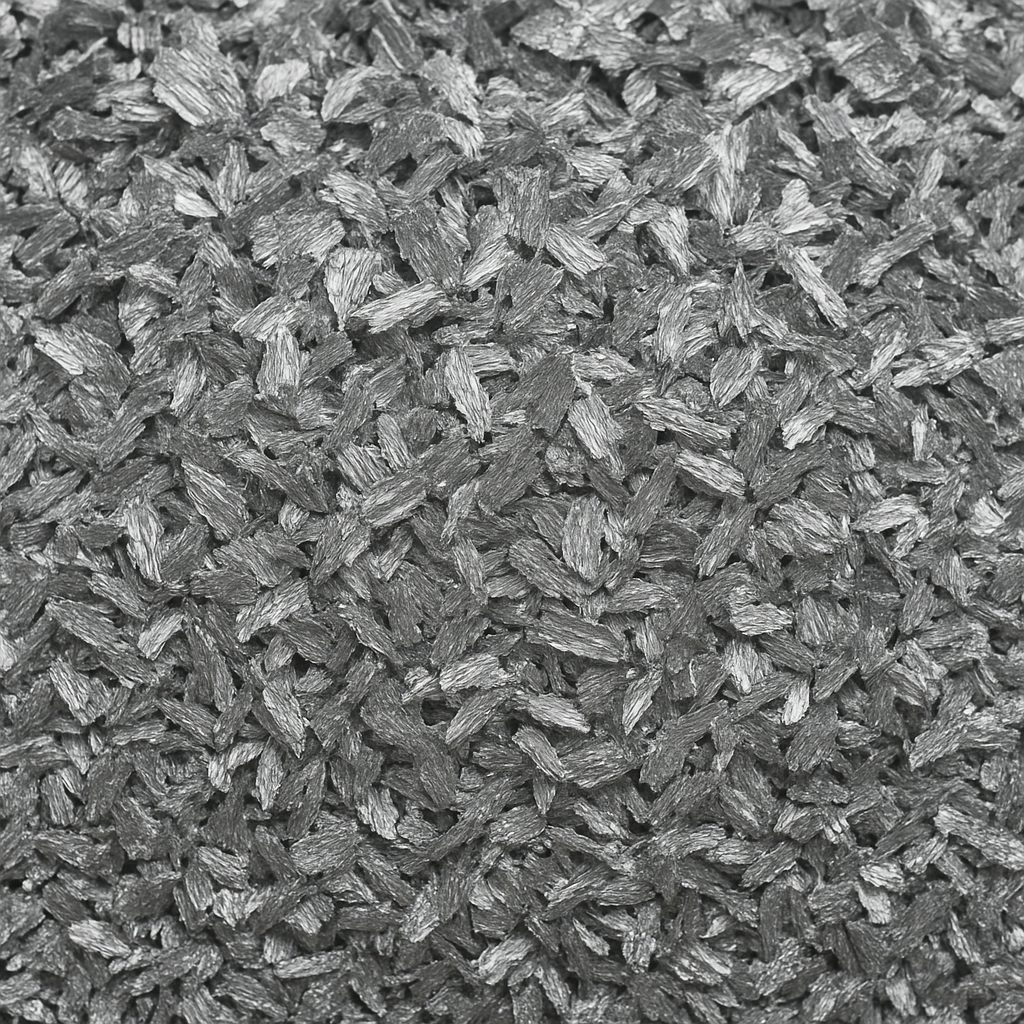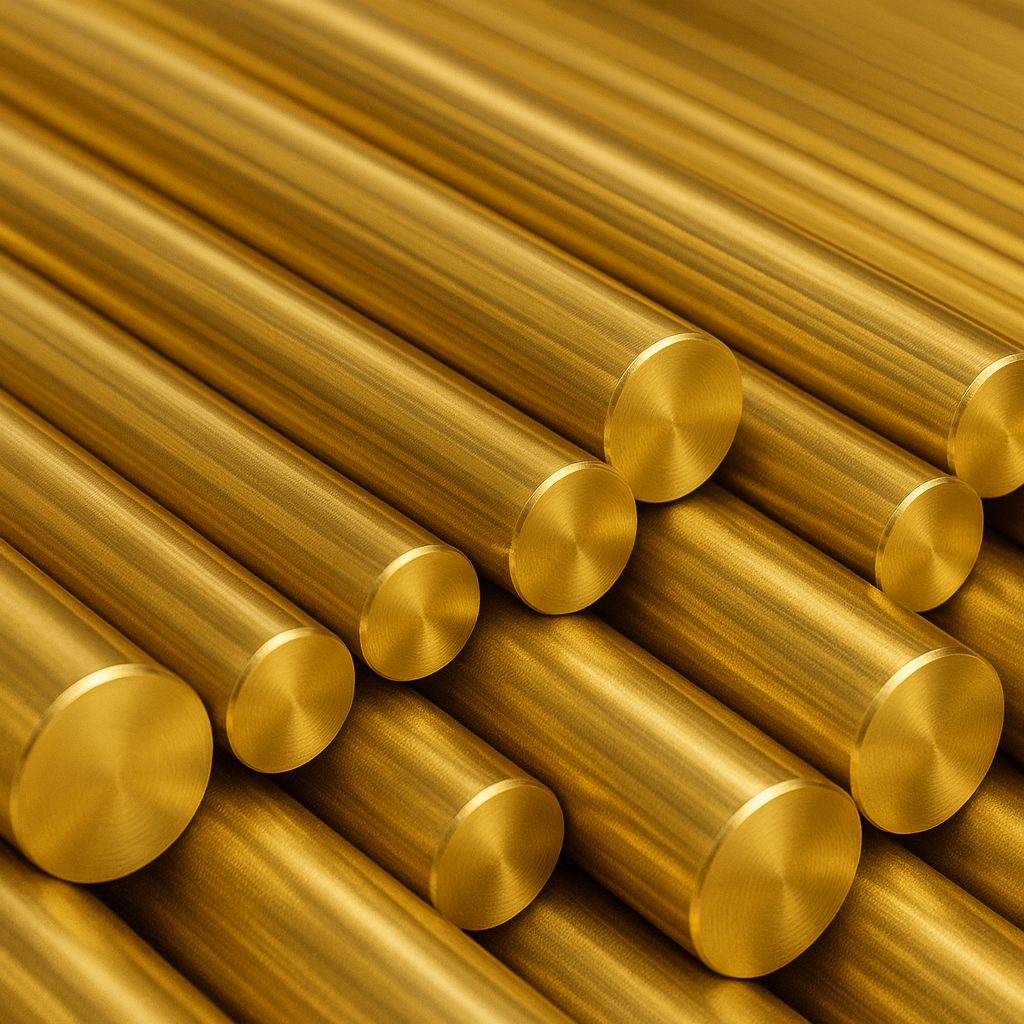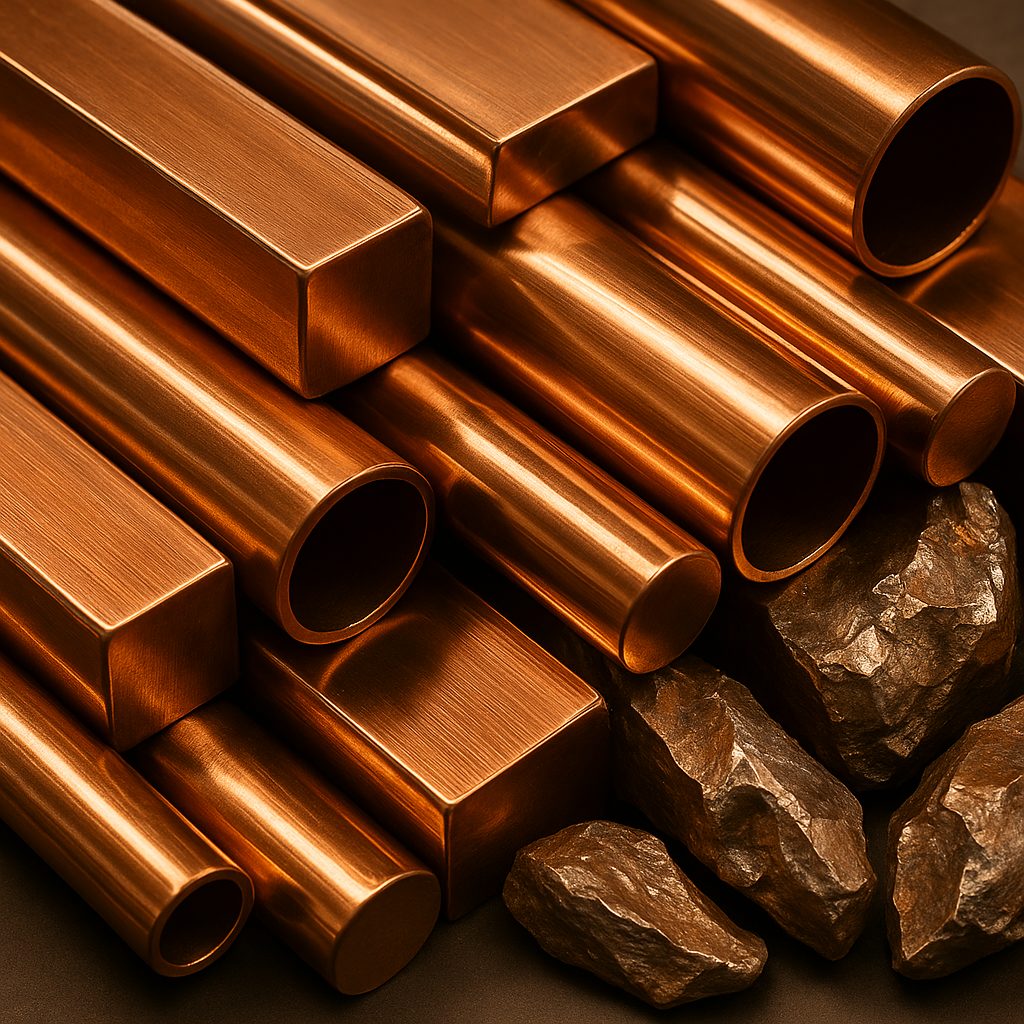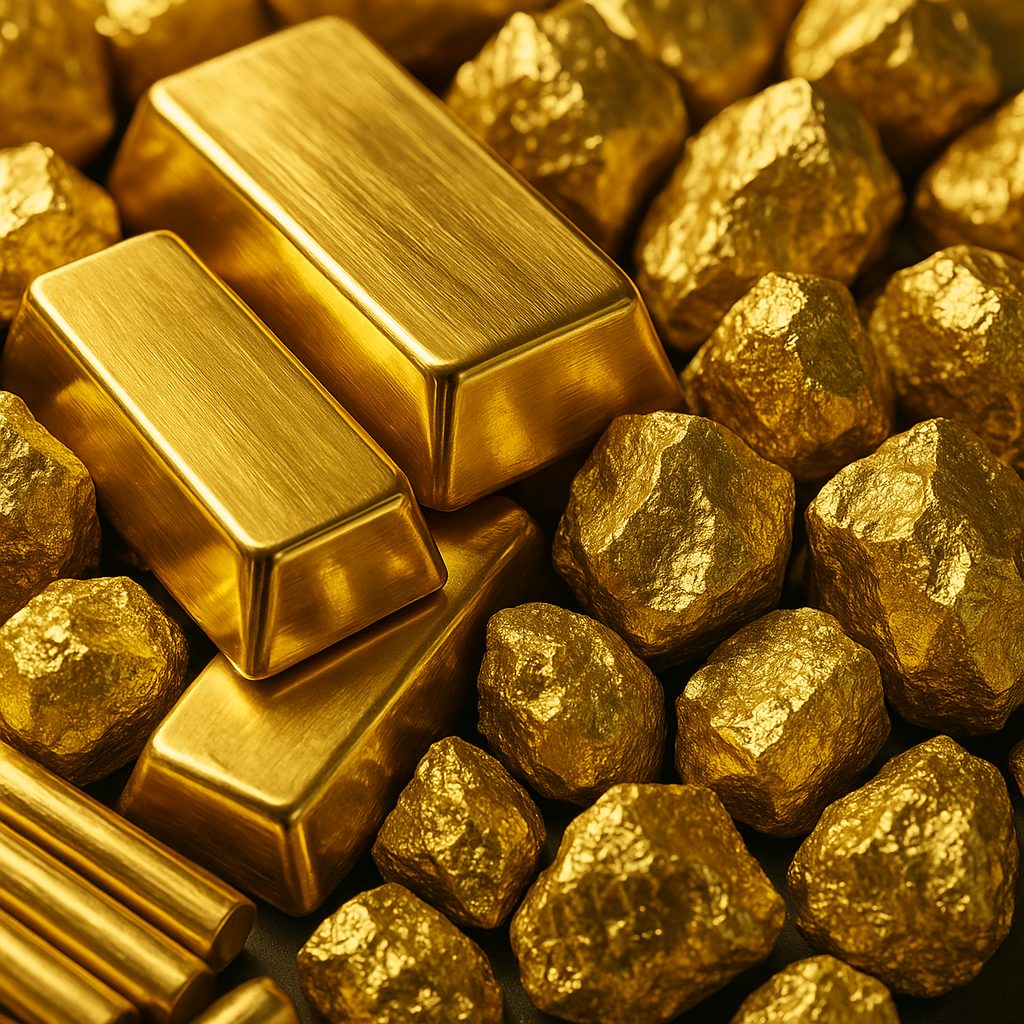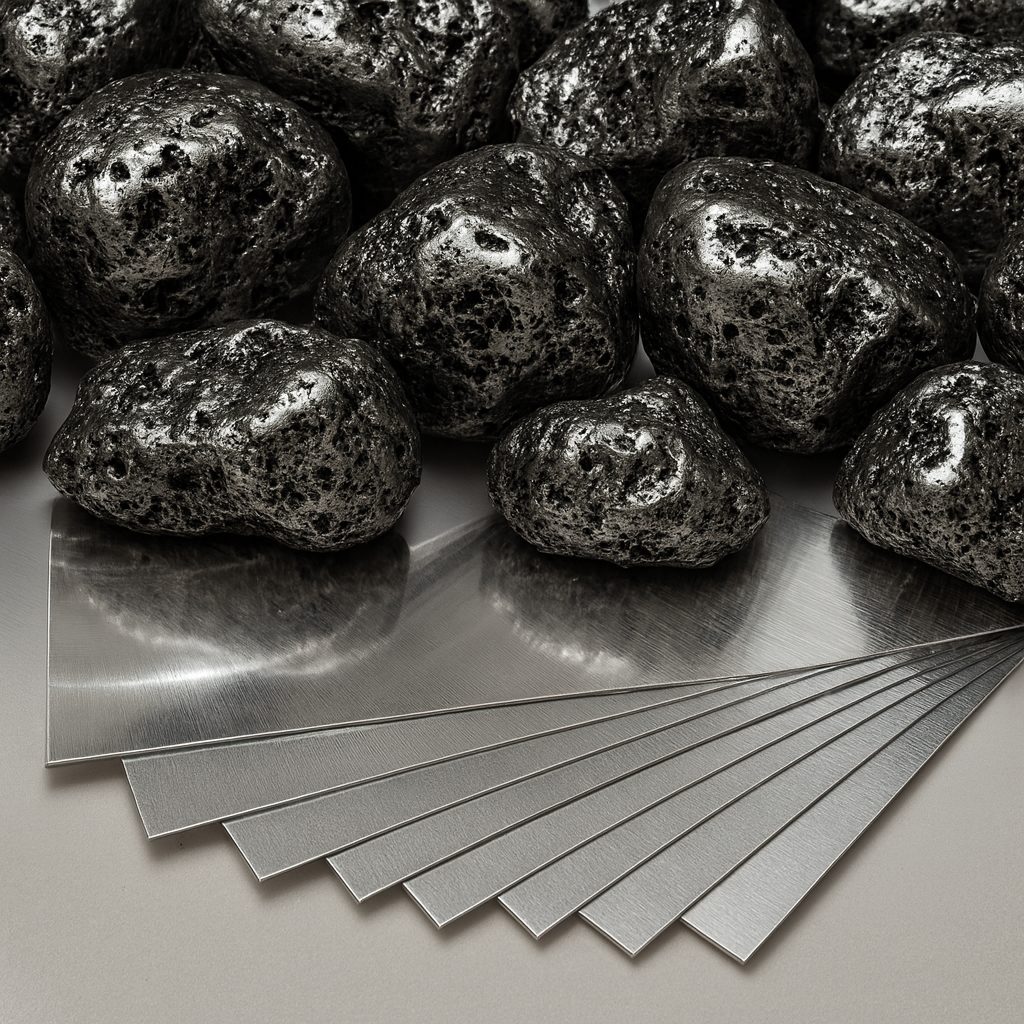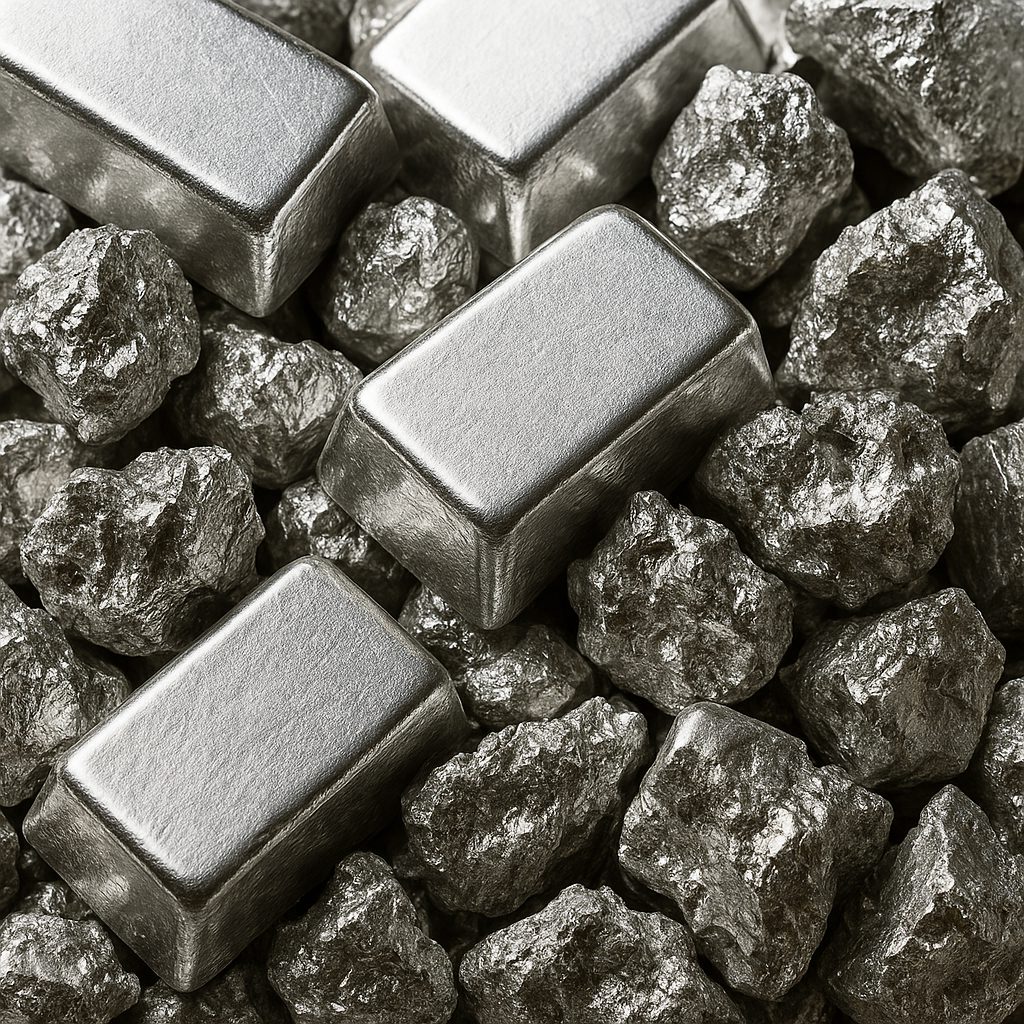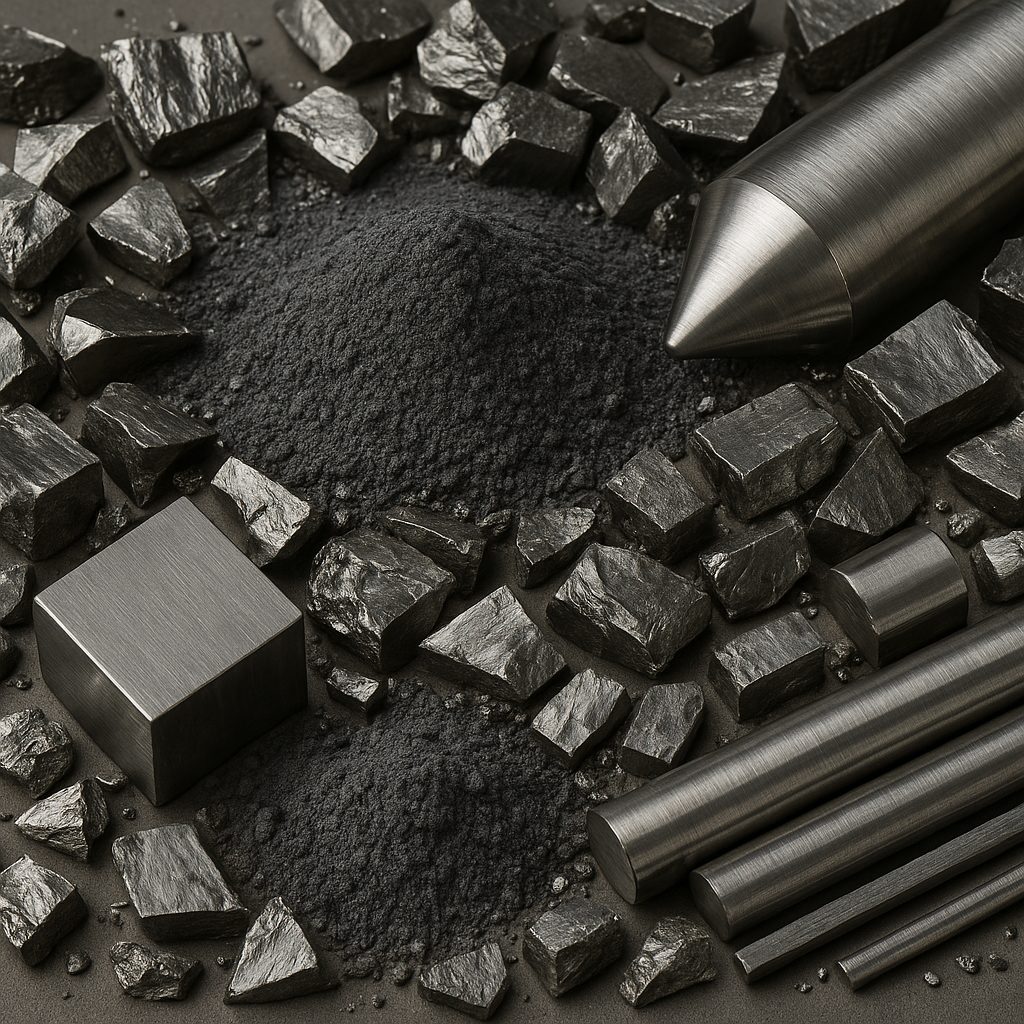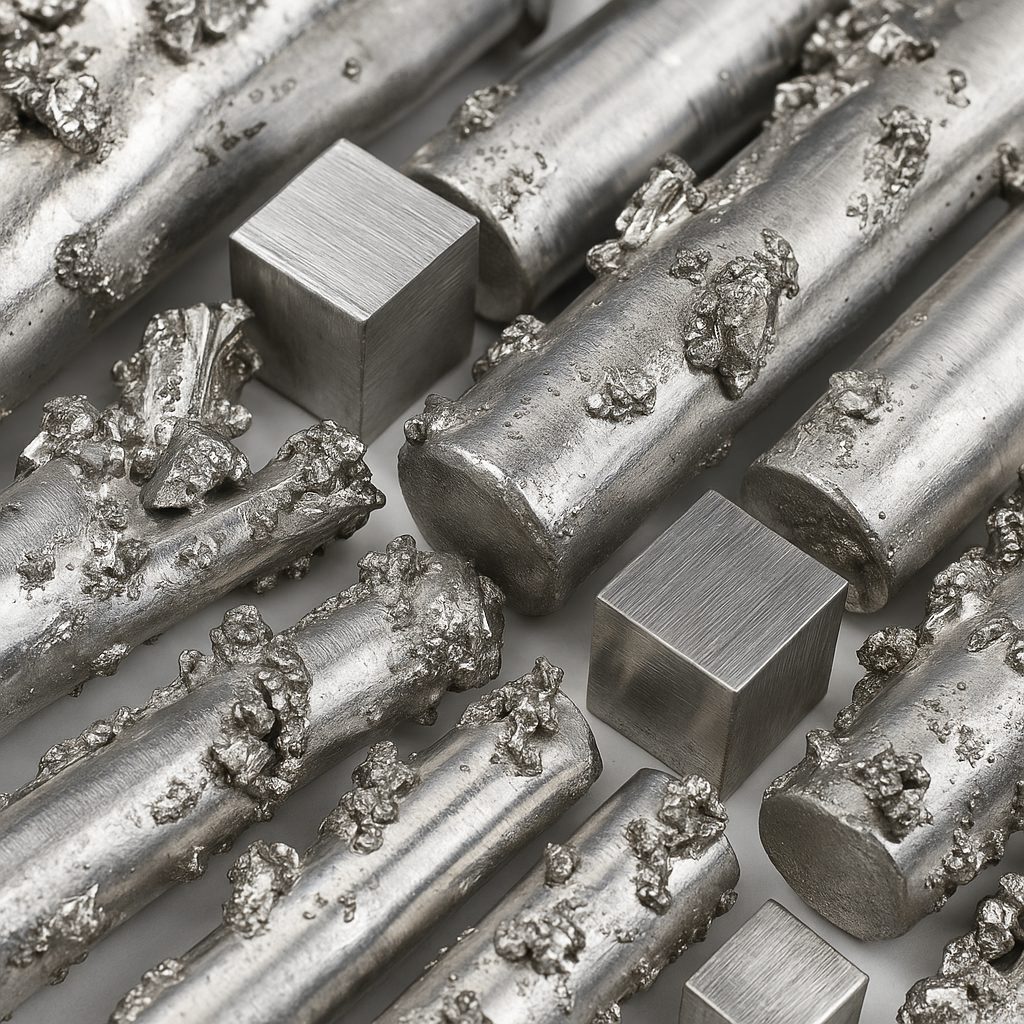METALS
Metals still constitute the majority of materials used in watchmaking. Whether for the movement or the case, a wide range of metals is used based on their mechanical, physical, and aesthetic properties. Although traditionally used in watchmaking for a long time, certain alloys such as steel or brass continue to undergo developments to optimise the qualities of the components they are intended for.
ALUMINIUM
Aluminium is relatively uncommon in the production of watch components, though its unique mechanical and physical properties lend it to specific uses. Additionally, it is highly valued in the manufacture of tools and is a constituent of numerous alloys.
BRASS
Widely used in horology, brasses are a family of alloys primarily composed of copper (which imparts their yellow colour) and zinc. Other elements can be added to modify the alloy’s properties. Brass is valued for its ductility, malleability, hardness, and tribological properties.
GOLD
According to its title and the composition of its alloy, gold is commonly used in watchmaking, either for decoration or to make certain components of the movement.
NICKEL SILVER
Nickel Silver (German Silver) is an alloy from the brass family. It is defined by the inclusion of nickel in the binary copper-zinc alloy, and occasionally lead.
SILVER
Silver was widely used in the external parts of watches (cases, dials) until the 20th century. Today, it is considered a rare metal in watchmaking due to its poor oxidation resistance, limiting its use mainly to dial production. Its bright white lustre makes it an ideal surface for guilloché or flinqué decorations.
STEELS
Steels represent one of the largest families of alloys. Steel alloys consist of iron and carbon (with the carbon component determining the hardness of the blend). One or more elements could be added to the alloy to achieve desired characteristics (such as elasticity, corrosion resistance, ductility, etc.).
TANTALUM
Rare and now indispensable to certain industries, tantalum has only been used sporadically in watchmaking for case components. It possesses unique mechanical properties and a density close to that of gold. The electronics industry utilises the majority of tantalum’s resources due to its exceptional electrical characteristics. The aerospace industry also employs tantalum as an additive in superalloys.
TITANIUM
Introduced to horology in the late 1960s, titanium is distinguished from other metals by its lightness, strength, and corrosion resistance. Numerous other mechanical and physical qualities characterise it, making it a popular choice for manufacturing watch cases, bracelets, and movement components.
TUNGSTEN
Tungsten is a heavy metal known for its exceptional hardness. It has the highest melting point of any element at 3422°C. Tungsten offers superior tensile strength, resistance to oxidation and corrosion, and is non-magnetic. In horology, it is exclusively used in alloy forms for the manufacturing of tools.

